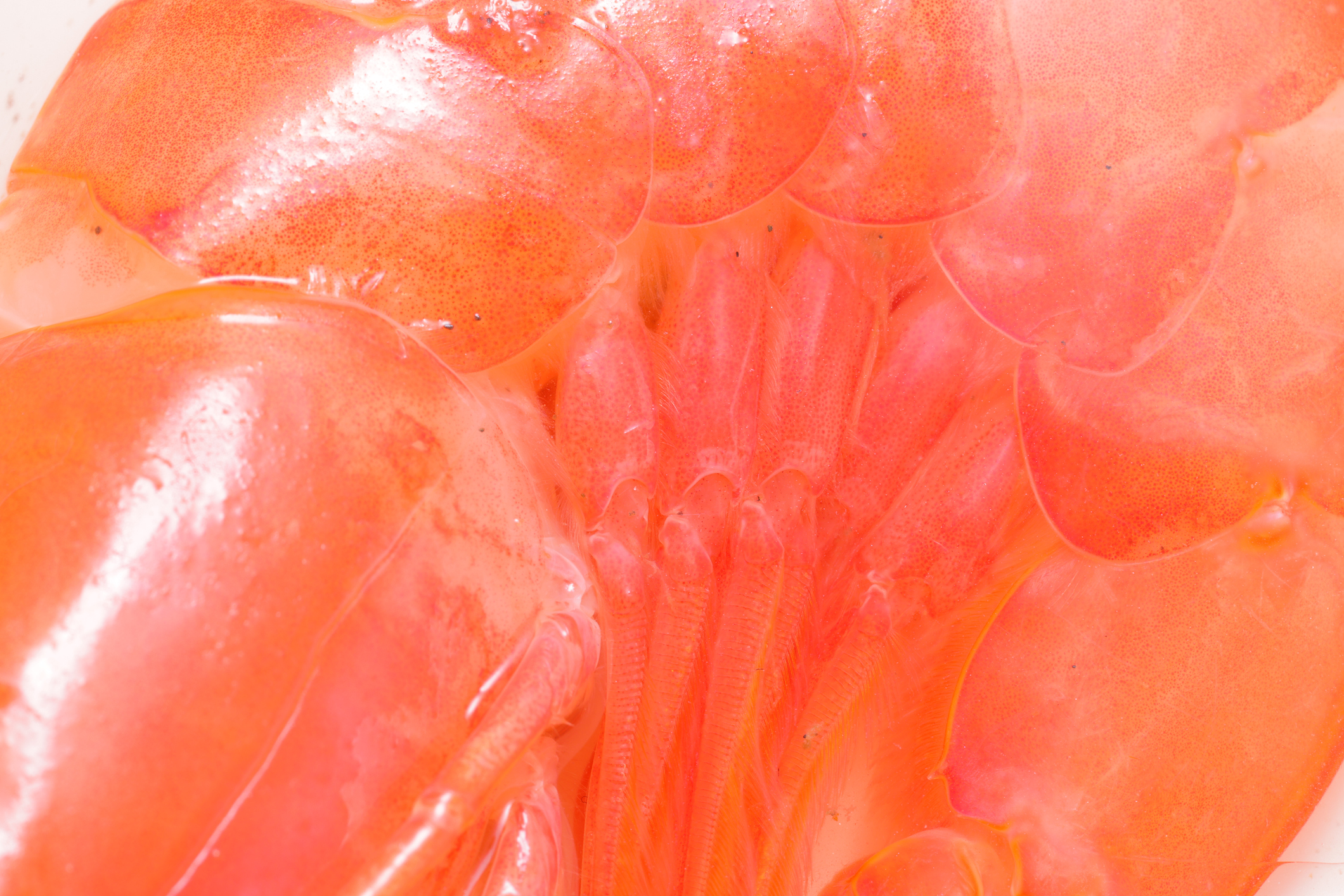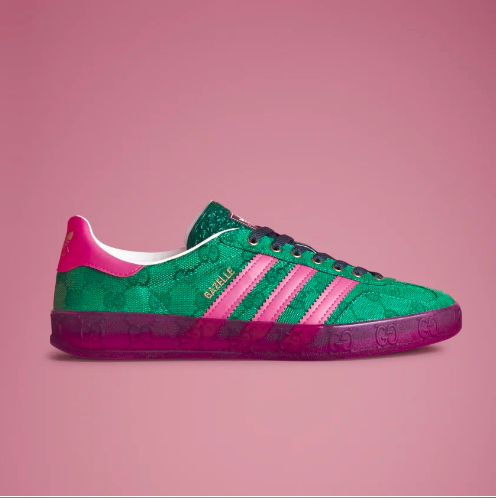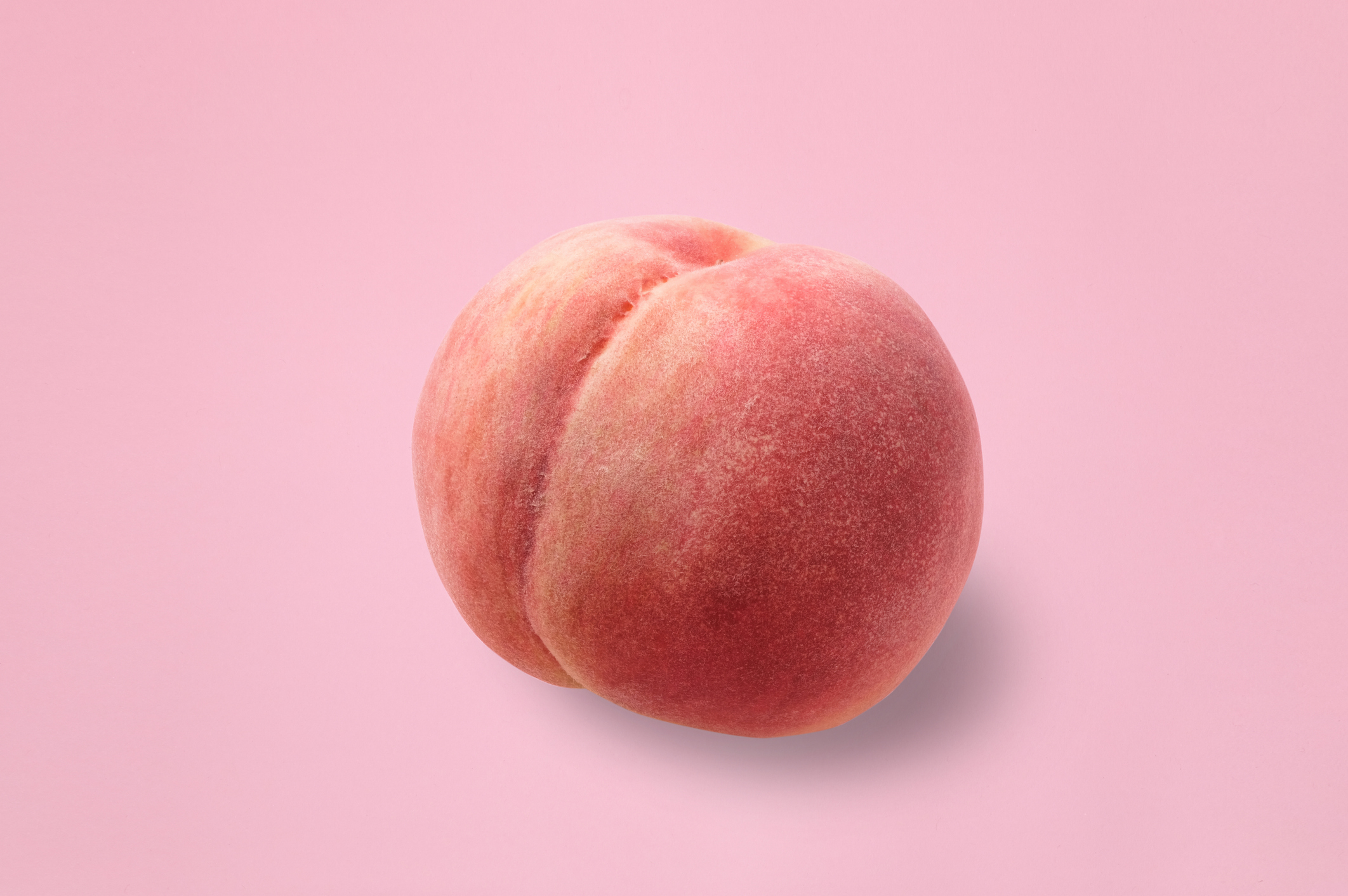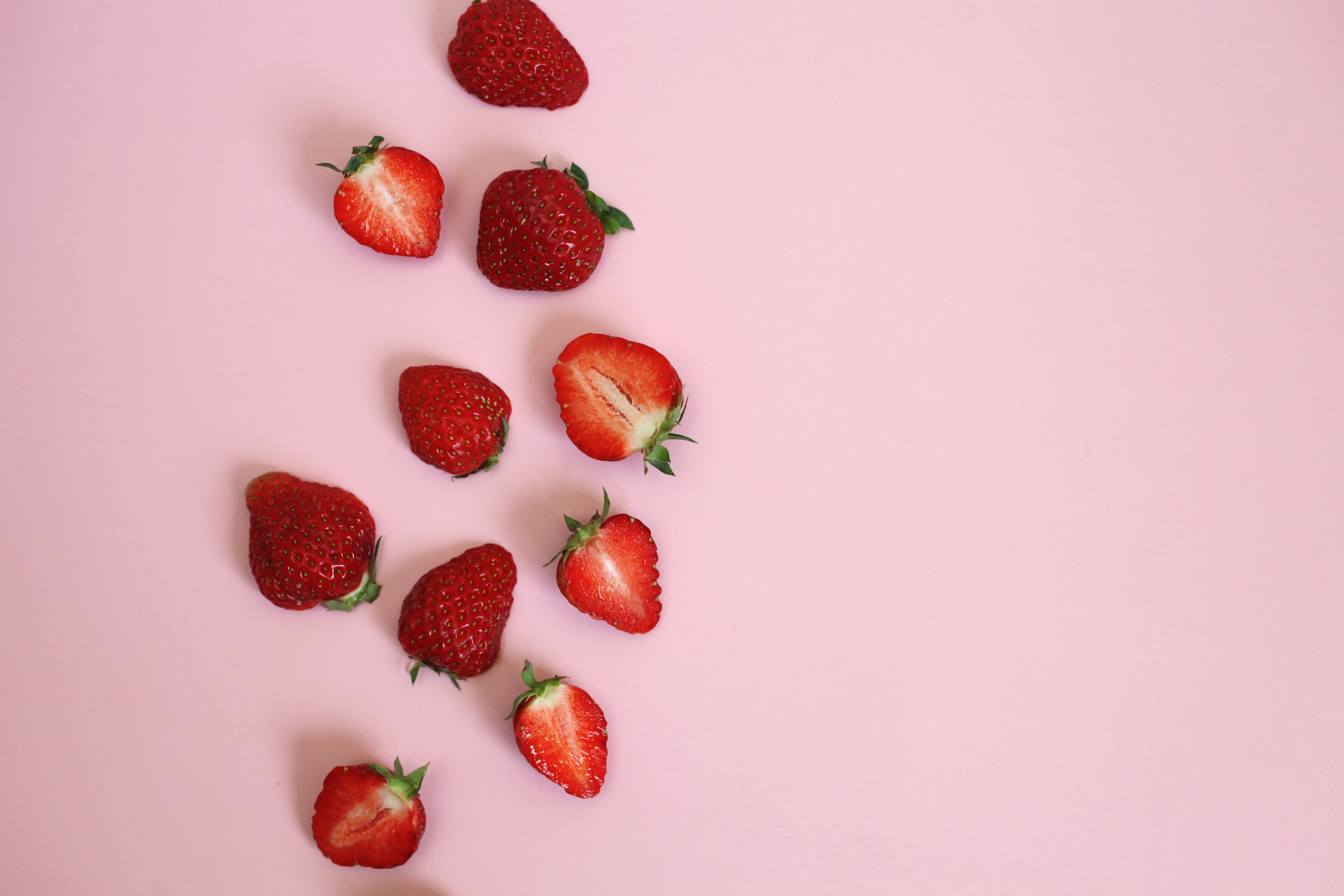A tier above the rest – Astaxanthin, the antioxidant blinking on scientists’ radars
Astaxanthin (pronounced asta-zan-thin) is a carotenoid unlike any other; it’s a potent, bioactive antioxidant synthesized by microalgae, bacteria, and yeasts. Ubiquitous in nature, especially around our marine life – it’s synthesized by microalgae and phytoplankton, which subsequently accumulates in sea life higher up the food chain.
Visually, it’s a red-orange pigment, responsible for the rustic autumnal leaves we see each year and the colouring of prawns, salmon, and crayfish.Although astaxanthin can be synthesized by plants, bacteria, and microalgae – the chlorophyte alga Haematococcus pluvialis has the highest capacity to accumulate astaxanthin. Therefore, it is considered the crème de la crème source for nutraceutical and beauty purposes.In saying this, 95% of commercially available astaxanthin is produced synthetically using petrochemicals due to cost efficiencies in mass manufacturing – this creates significant divisions of quality within the industry.
When we compare astaxanthin to other carotenoids – it’s clearly unique. For example, astaxanthin has an incredibly superior bioactivity and antioxidant capacity (ahem, 40x that of beta-carotene). Furthermore, unlike other carotenoids – it doesn’t convert to Vitamin A but stays put in its unique astaxanthin form. This is unusual, as many carotenoids first need to be activated by the body for it to elicit a response.

This is just a taste of what our 28 page Skin Supplementing Guide has to offer. Download Ingestible Beauty – Your Complete Skin Supplementing Guide.
Skin Benefits Of Astaxanthin
Mounting evidence suggests astaxanthin has a purpose beyond its beautiful pigment. This is most apparent looking at our marine life; astaxanthin has several functions, including offering protection against harmful UV rays and oxidative stress, communication, maintaining a healthy immune response and reproductive capacity, and strong tolerance to stress.
Photoprotective, antioxidant, and anti- inflammatory benefits tee it up to be a powerful skin supplement to help ward off wrinkles, sunspots, and other environmental damage.
Photoprotection:
Photoprotection is the protective ability against harmful UV sun rays.
Astaxanthin has been shown to protect against UV-induced cellular damage. Common effects of UV damage can be seen as hyper-pigmentation, skin sagging, skin barrier dysfunction (e.g. water loss) and wrinkling. Studies show that this visible damage can be prevented through oral and topical astaxanthin.
Different Types Of UV Rays
UVC: For the most part, it is filtered out by atmospheric ozone.
UVB: “B is for Burning”. Affects the epidermis – damage to keratinocytes and fibroblasts (cells within the epidermis) along with DNA, protein and lipids creates harmful reactive oxygen species and subsequent inflammation.
UVA: “A is for Ageing”. Contributes to 95% of UV exposure. Photo-ages skin by penetrating the deeper dermis and affecting collagen and elastin in dermal layers.
While SPF does give you an indication of its strength to block harmful UVA rays, it does not provide any information about the blockage of UVB rays. To ensure you are getting full coverage – choose a sunscreen that states it has Broad-Spectrum UV Protection. These sunscreens have undergone further laboratory testing to ensure it covers both forms of UV ray damage.
Antioxidant Protection:
As we have mentioned before, oxidative damage plays a large part in our accelerated ageing skin conundrum. Like firefighters, antioxidants help correct and repair this damage and its subsequent inflammation.
Studies on astaxanthin show it has superior antioxidant activity compared to other carotenoids. Although structurally similar to b-carotene, it has 40x the antioxidant activity. Clearly, it’s the king of carotenoids, which has got scientists buzzing for its use in nutraceuticals and dermatology.
Anti-inflammatory:
Stress (namely, oxidative stress) leads to inflammation. Your skin doesn’t like inflammation (surprise, surprise); it makes it hot and red while distracting it from completing important self-care jobs like producing collagen and elastin.
Astaxanthin has shown anti-inflammatory properties that downregulate pro- inflammatory mediators through multiple pathways. These properties also make it an essential consideration for inflammatory skin conditions such as psoriasis and atopic dermatitis.
What’s the optimal daily dosage for skin health?
A little goes a long way – following consumption, absorption of astaxanthin is relatively high, indicating you don’t have to consume much to reap the benefits. Although an optimal dose has not been defined, a recent systematic study revealed doses between 3-6 mg/ day could improve skin health, especially photoaged skin. Thankfully, overdosing doesn’t seem to be an issue – astaxanthin is considered safe and well-tolerated, with no adverse side effects recorded for high doses (>12mg/day).
It also plays well with other skin-loving ingredients. Several human studies have indicated that using astaxanthin in conjunction with collagen hydrolysate produces synergistic skin health benefits. Double skin-win!
Stay up to date with our latest intel by subscribing to our chats here. We leave the filler out of our products and your email box, providing you with only news-worthy scoops that you won’t want to miss.
References:
Tominaga, K., Hongo, N., Fujishita, M., Takahashi, Y., & Adachi, Y. (2017). Protective effects of astaxanthin on skin deterioration. Journal of clinical biochemistry and nutrition, 61(1), 33–39. https://doi.org/10.3164/jcbn.17-35
Qin Xiang Ng, Michelle Lee Zhi Qing De Deyn, Wayren Loke, Nadine Xinhui Foo, Hwei Wuen Chan & Wee Song Yeo (2021) Effects of Astaxanthin Supplementation on Skin Health: A Systematic Review of Clinical Studies, Journal of Dietary Supplements, 18:2, 169-182, DOI: 10.1080/19390211.2020.1739187
Zhou X, Cao Q, Orfila C, Zhao J, Zhang L. Systematic Review and Meta-Analysis on the Effects of Astaxanthin on Human Skin Ageing. Nutrients. 2021; 13(9):2917. https://doi.org/10.3390/nu13092917







